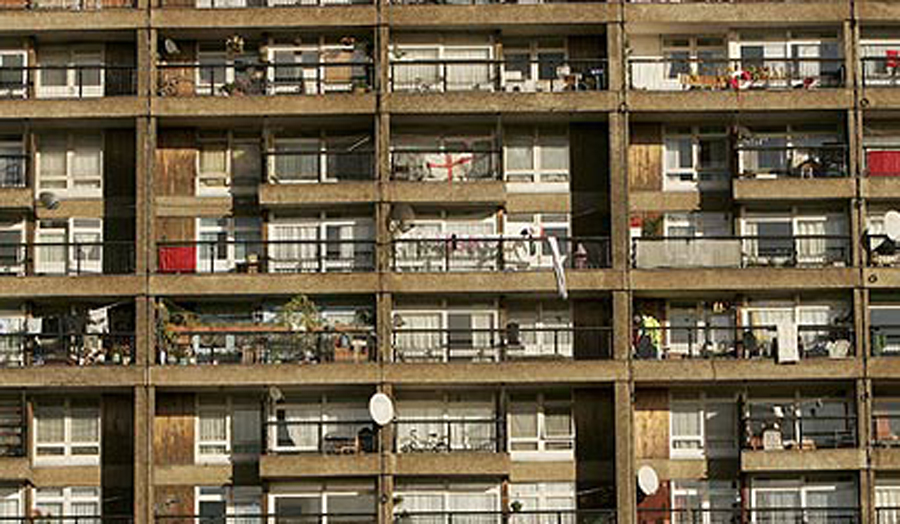Date: 27.04.2012
Patrick Mulrenan writes:
There is something poignant about the period between the decision to regenerate social housing and the new vision emerging in reality. In March 2012, Jane Lewis and Patrick Mulrenan took students from the MA Sustainable Cities and MA Housing and Inclusion on a walk around one of the most significant regeneration schemes in the country- the Heygate and Aylesbury Estates in South East London.
After a series of false starts, it is now finally coming down and being replaced by new housing.
But of course, once large scale regeneration is finally decided, there is a real impact on those still living on the estate and in the surrounding areas. Apart from the building and disruption, there is no incentive for the landlord to invest in the structure, and the residents have to live among boarded homes of a departed community.
With a timescale of 25 years and declining public funding, this will go on beyond the careers of the politicians and builders who are realising the new vision. You have to wonder what judgements students will make of the new area in 2025?
Patrick Mulrenan
Course leader Foundation Degree in Community Work and MA Housing and Inclusion
Jane Lewis, Course leader, MA Sustainable Cities
Faculty of Social Sciences and Humanities

